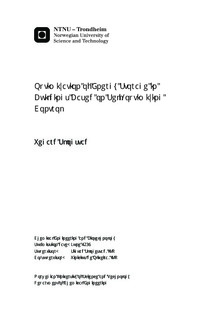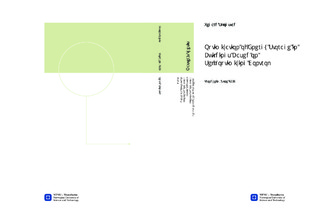| dc.description.abstract | A steadily increasing fraction of Europe's electricity is generated by renewable and less reliable energy sources. It is therefore necessary to find smart ways to store excess energy until it is demanded. This could be achieved by using the energy storage potential in the hot water tank. The heating of hot water tanks can be improved by using a cost minimization strategy to make hot water tanks heat when electricity price is low and conserve energy when price is high. This would both provide economic benefits to the owner of the tank and, provided widespread use, a more stable energy market.
This thesis considers the optimal operation of energy storage in buildings with focus on the hot water tank. The objective has been to minimize operational cost while still meeting the hot water demands of the end user. To achieve this, a hot water tank system has been modeled using Simulink and Matlab, and a feedback control structure implemented to stabilize the system. By using ideas from self-optimizing control the cost function has been simplified to a form that makes it solvable even with limited computation resources. The simplified problem has then been solved using an MPC-solver. The resulting optimized case (Case II) has been compared with a simple policy of heating for a set amount of hours at night (Case III) and holding a constant temperature in the tank (Case I).
Based on the findings in this thesis, using optimization to find optimal energy levels in the tank does not give any significant benefit over using a simple policy of heating the tank at night. Though both cases are economically better than using a constant temperature set point, the difference is not huge. Compared to holding a constant temperature in the tank, Case II and Case III gave savings of 8.61% and 9.12% respectively.
Actual implementation of the system could still be beneficial in areas with more pronounced price variation. Further work should be focused on improving the solver and verifying the closeness to optimality of the simplifications that have been made. | |

